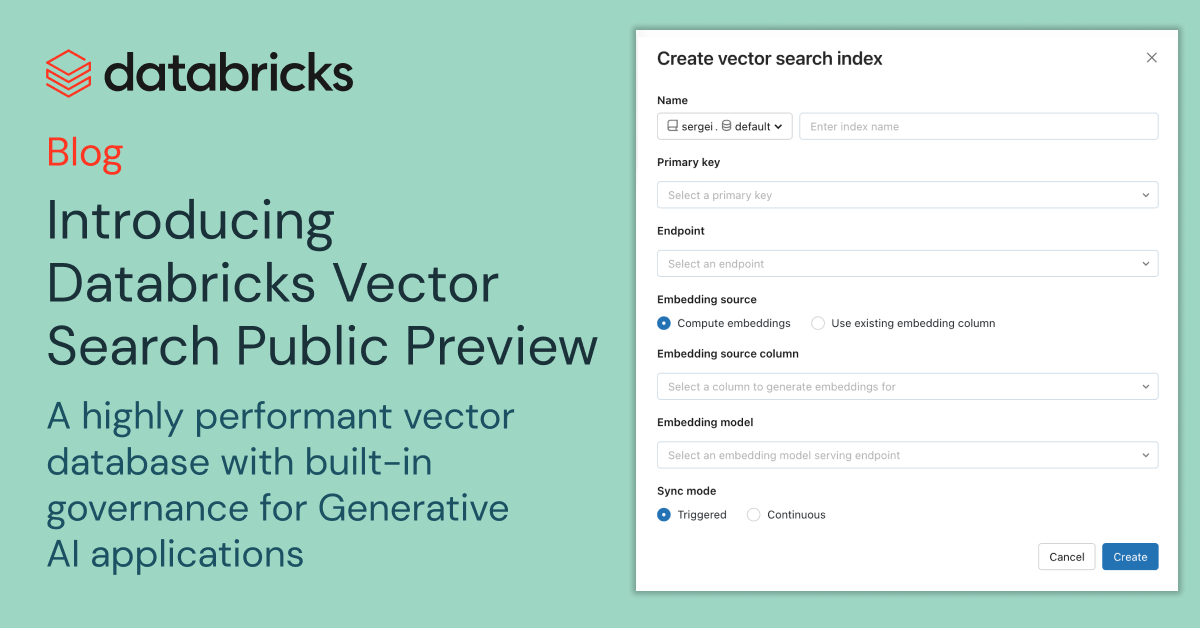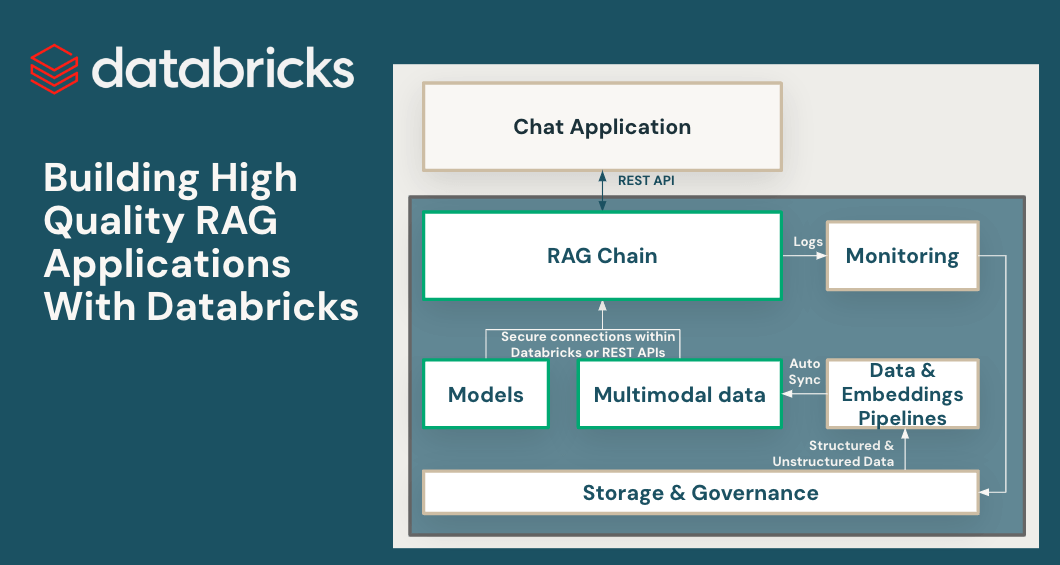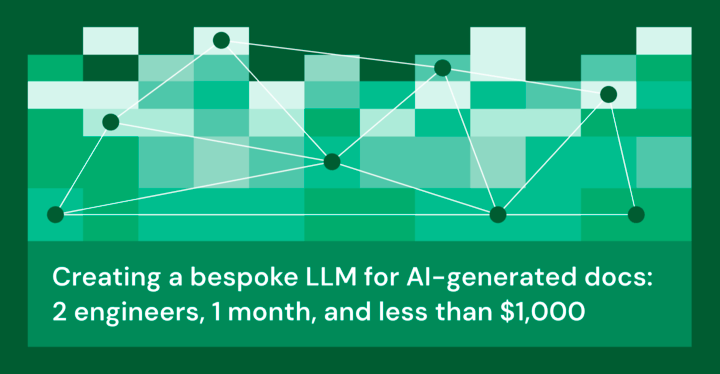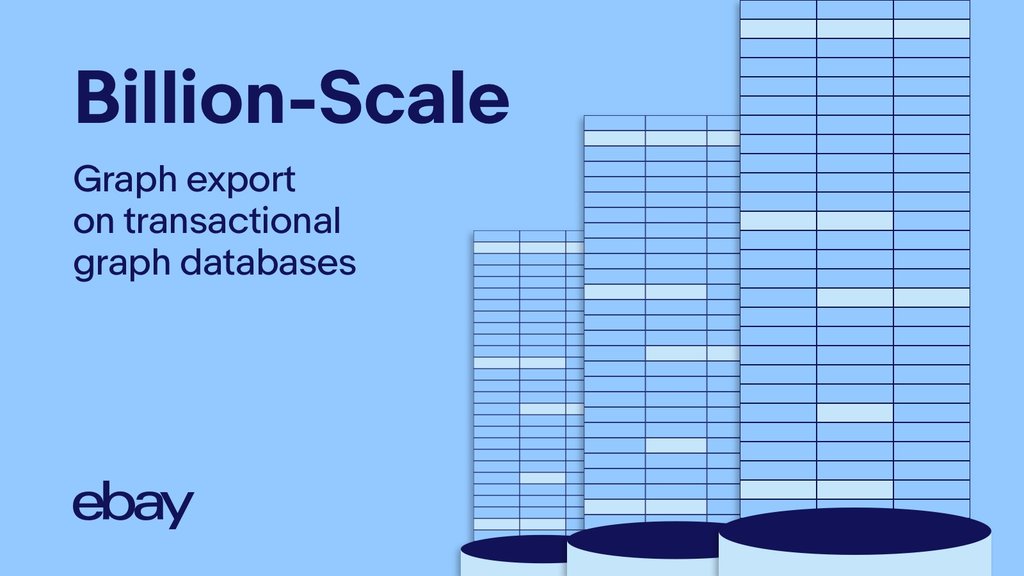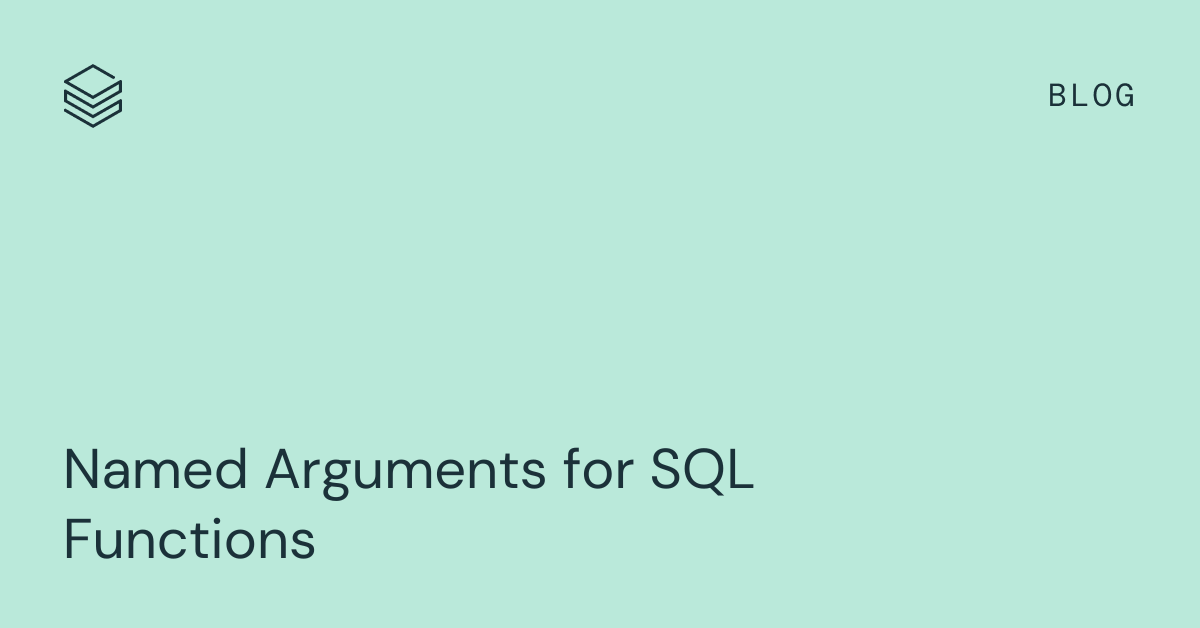Introducing Databricks Vector Search Public Preview
Following the announcement we made yesterday around Retrieval Augmented Generation (RAG), today, we’re excited to announce the public preview of Databricks Vector Search. We announced the private preview to a limited set of customers at the Data + AI Summit in June, which is now available to all our customers. Databricks Vector Search enables developers […]
Continue Reading